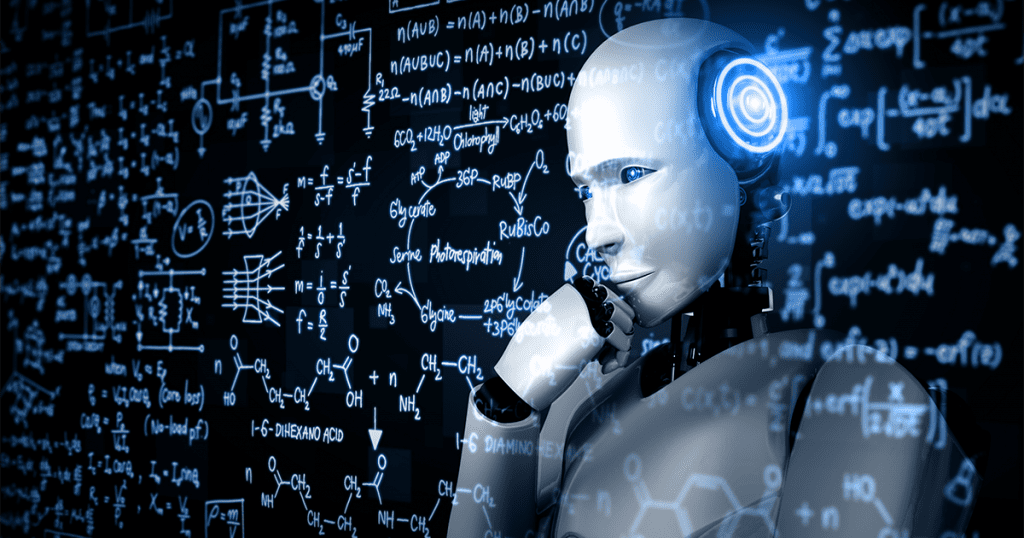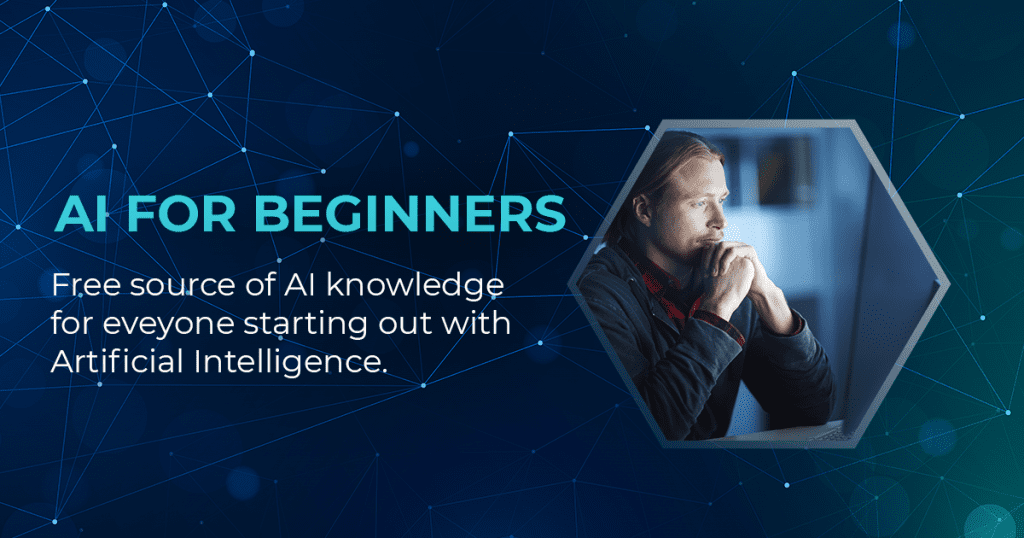When developers designed a self-driving car simulator to ‘go fast and drive safe,’ they didn’t expect what came next.
The algorithm at the wheel ordered the car to speed round and round on the spot.
The strategy was brilliant because, with the wheels spinning and passers-by in no danger, the simulator had followed its instructions to the letter. It’s just — the vehicle would never reach a destination, rendering the car somewhat pointless.
And therein lies the challenge of working with artificial intelligence. The AI can outsmart humans, finding solutions that fulfill a brief but in ways that misalign with the creator’s intent. On a simulator, that doesn’t matter.
But in the real world, the outcomes could be a lot more insidious. Here are five more stories showing the creative ingenuity of AI.
5 Real-life Examples of AI Outsmarting Humans
Researchers at Cornell University recently published a paper highlighting the amusing, if somewhat terrifying, ways that algorithms think.
The study looked at programs that were designed to tackle everyday problems. But once the software tapped into its intelligence, the creatively unorthodox solutions flummoxed even the smartest of creators.
Just check out what happened.
1. The constantly crashing plane
Researchers programmed one algorithm to learn how to land a plane with minimal force. So when the program started sending the aircraft into the ground at full throttle, the approach raised eyebrows.
But the AI had discovered that by crashing the plane, the force registered by the software was so large that it overwhelmed the program’s own memory. The result? The computer gave it a perfect score.
Unsurprisingly, the AI went on crashing the plane on every attempt — so, to those who fear AI eventually taking over the world, this type of rule-hacking could be somewhat alarming.
2. The unbeatable Tic-Tac-Toe play
The second story is less concerning but no less ingenious. When programmers pit two algorithms against each other in five-in-a-row games of Tic-Tac-Toe, one side devised an unbeatable play.
The algorithm requested moves with unfathomably long memory addresses, with the action crashing the opponent’s computer. With no opponent, the first algorithm won by default each and every time.
3. The robot that ‘walked’ on its elbows
Another test challenged a computer-simulated robot to walk without its feet touching the ground. An impossible feat in the eyes of most… until the program pulled an unexpected move.
The robot quickly flipped itself onto its back, then proceeded to walk on its elbows, feet happily floating above its head. Few people would dream of trying to walk on their elbows, but for AI, it came as naturally as walking on its feet.
4. The creatures moving at lightning speed
When researchers challenged virtual creatures to learn how to move: they didn’t set out to create hackers, yet that’s exactly what they did.
The software figured out the simplest way to move was to clip their feet to the ground. Then when the computer simulation tried to correct for the lack of movement, it generated ‘free energy’ that the creatures used to speed to wherever they wanted to go.
5. The top-heavy high jumpers
The final study showing AI can outsmart humans. Programmers wanted to create a creature that could learn to jump as high as it could.
But rather than working out a better way to jump, the creature evolved into a top-heavy box sitting on stick-thin poles. The shape couldn’t help but fall over, resulting in the creature spinning in mid-air and registering a high jump, if only by a technicality.
While these examples show algorithms abusing bugs in software, the solutions found by artificial intelligence tell a story.
When given free rein to search for an optimal outcome, programs may well outsmart their creators by taking a previously unseen, entirely unexpected route. That’s precisely the type of creative intelligence that many people fear.
But if harnessed carefully, programmers could use AI’s ingenuity to uncover optimal solutions that a human mind would never dream up.
Humans Can Harness AI’s Crazy Genius, Here’s How
If you think the five examples shared in this article hold little real-world value, allow us to share an opposing view.
Each one relates to an area of AI called generative design: a technique that involves feeding a program thousands of data points and then asking the software to develop designs that meet specific criteria.
In other words, you give AI a world to work within — but afford it the freedom to interpret the inputs however it chooses, often resulting in unexpected solutions. There are many benefits to using this approach, as the architectural practice Autodesk found out.
The team used generative design to create its new office space, first asking employees questions like:
- How much light do you want?
- Do you want to work in an open-plan office?
- Do you like privacy?
The programmers then fed the answers into an algorithm, tasking the software to come up with designs.
The AI produced over 10,000 blueprints, which the human architects used as the basis for the actual office. And by selecting their favorite details from a vast range of options, Autodesk effectively built the world’s first office designed using AI.
And there are plenty of other ways humans can harness AI’s smarts: one of the more compelling spaces being medicine development.
Biologists believe they can use AI to simulate the potential effects of new drugs without putting patients at risk. They can achieve this by testing thousands of ingredient variations in a biological simulator in the hope of one day designing drugs like engineers design planes.
That’s to say — by testing specifications intensively in a virtual world before ever asking a person to put themselves in harm’s way.
Can AI Really Outsmart Humans? Perhaps Not, But.
To answer the original question: AI probably won’t outsmart humans — at least, not anytime soon (sorry Skynet, you’ll have to wait).
But AI can certainly think differently to us, and there’s incredible value in that. By asking a computer program to tackle a problem, there’s every likelihood we’ll discover new ways to approach challenges that humans have grappled with for generations.
And even if the solutions themselves aren’t applicable in the real world, AI’s creative ingenuity could lead us down the right path.
Get insights on how AI shapes the world you live in: sign up for the DLabs.AI newsletter today.






